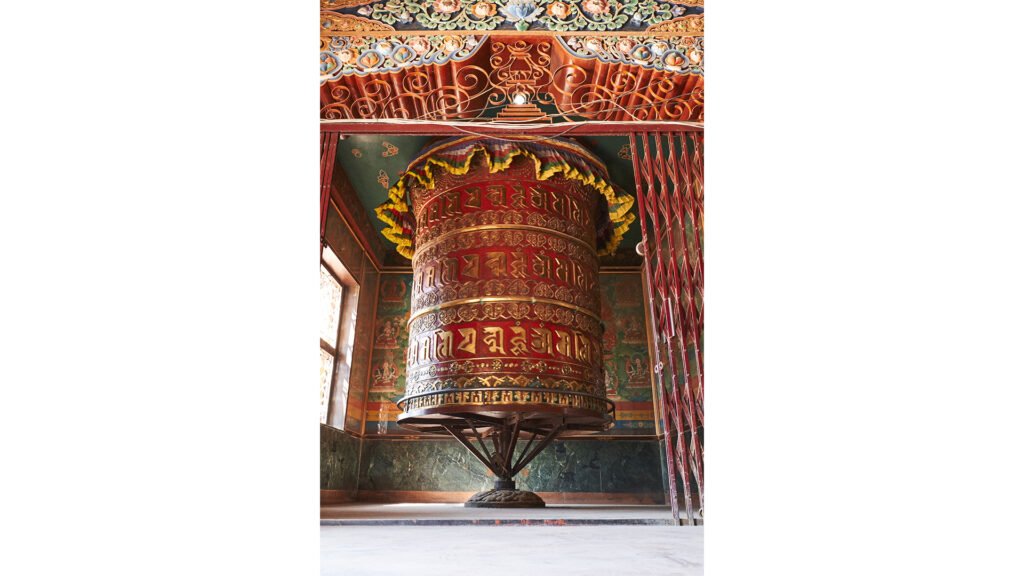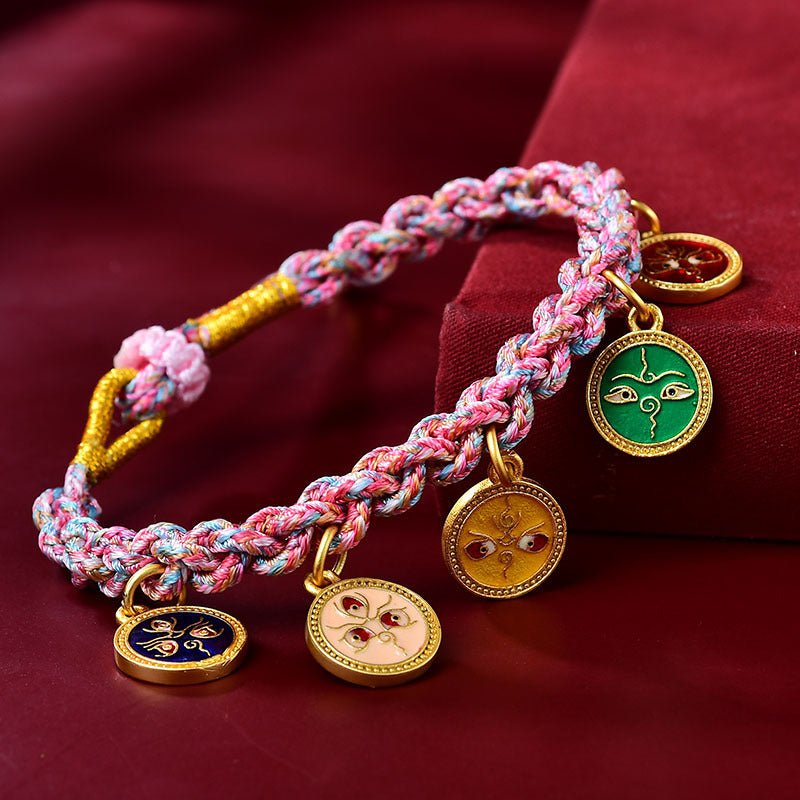At the foot of the distant Himalayas, a millennium-old craft uniquely connects people with destiny through Tibetan bead bracelets. More than just an ordinary accessory, these bracelets embody the essence of Tibetan culture, crystallize artisans’ dedication, and serve as a bridge for wearers to converse with their own destinies. As silk threads weave through time-honored beads, they create not only exquisite patterns but also captivating narratives of faith, heritage, and personal growth.
I. Snow Mountain Gift: The cultural foundation of Tibetan Beaded bracelet
The history of Tibetan beaded bracelets has paralleled the development of Tibetan civilization. In ancient times when resources were scarce, Tibetan ancestors channeled their reverence for nature and faith in deities into the stones and plants around them. They tirelessly collected jade and agate from the Himalayas, meticulously polishing them into smooth beads. These were then strung together with resilient yak hair or cotton threads to create bracelets that served as protective talismans.

For Tibetans, each prayer bead carries unique symbolism: Jade represents purity and resilience, cleansing the soul like melting snow from high mountains; Agate embodies vibrant vitality, radiating warmth and power akin to the sun’s rays on plateaus; turquoise, seen as fragments of the sky, symbolizes humanity’s aspirations for freedom and hope. These beads are not randomly arranged but meticulously arranged according to ancient scriptures and divination traditions, forming patterns that embody “fortune-casting” and “blessing-praying” significance. This is the origin of the phrase “unlocking destiny through the magic of hand-woven beads.”
Now, this ancient cultural symbol has gone beyond the plateau and become a spiritual carrier across borders. When you wear a Tibetan bead bracelet, it is not just an ornament on your wrist, but also a cultural dialogue across thousands of years.
II. Fingercraft: Fate Agreement in Handmade Weaving
“machines can copy patterns, but they can’t copy the temperature of fingertips.” This is the insight of Tsering, an old craftsman in Shigatse, Tibet. In the process of making Tibetan bead bracelets, the word “handmade” is given a meaning of the utmost importance.
From the initial material selection, artisans adhere to the most fundamental criteria: Jade must originate from mineral veins above 4,000 meters in altitude, where the stones undergo tempering by snow mountain winds, resulting in a more mellow texture. The polishing of beads relies entirely on manual craftsmanship without mechanical assistance. A skilled artisan can produce no more than 10 qualified beads daily, each carrying a unique striated pattern.
The weaving process stands as a profound test of patience and faith. Before beginning their craft, artisans chant sutras to pray, infusing their threads with blessings. Their intricate techniques—like the auspicious knot (Jixiangjie) and Vajra Knot (Jingangjie)—each carry specific Buddhist symbolism. —— For instance, the Vajra Knot embodies unyielding resolve, empowering wearers to overcome life’s adversities.

Tsering once shared a story: Years ago, a British traveler stopped at his stall and bought a bracelet woven with turquoise and carnelian. Three years later, the traveler returned to Xizang and excitedly told Tsering that the bracelet had accompanied her through the lows of unemployment and heartbreak. “Every time I touched the patterns on the beads, I felt a power from afar,” she said. “At that moment, I realized we weren’t just weaving bracelets—we were creating courage that transcends mountains and seas.”
The fate key: The wearer’s story continues
“Destiny is not predetermined, but is reshaped in every choice.” The “magic” of Tibetan bead bracelets may lie in their ability to make people stop in the fast-paced life and talk to their hearts.
Emily, a designer from New York City, acquired her Tibetan-style beaded bracelet during a Nepal trip. “Whenever I hit creative blocks, I turn the beads on my bracelet to feel their textures. This reminds me of the artisans ‘saying:’ Every bead has its own story.’ Then I tell myself: My story can have new chapters too.” Today, this bracelet has accompanied her in creating multiple award-winning works.
In Tokyo, Japanese office worker Sato regards his Tibetan-style beaded bracelet as a “stress-relief tool.” “Big city life feels suffocating,” he said, “but each knot on the chain reminds me that life is like knitting – even when tangled, there’s always a way to untangle it.” Since wearing the bracelet, he says he has become more patient and developed better relationships with colleagues.
These stories confirm the Tibetan cultural concept of “animism” —— When we pour emotion and belief into an object, it becomes an extension of our spiritual world, helping us find direction in the journey of life.

Conclusion: A chain of bracelets, connecting the past and the future
The Tibetan bead bracelet, with its ancient cultural heritage and the warmth of hand-woven craftsmanship, has become a “key” for countless people to unlock their destiny. It tells us that destiny is not a distant star, but the power hidden in every persistence, every choice, and every dialogue with oneself.
When you wear this string of gifts from the Himalayas, you might as well gently touch the texture on the beads and feel the temperature in the threads. Perhaps at some moment, you will suddenly understand that “unlocking destiny” is nothing but finding courage in inheritance, keeping your heart in the midst of noise, and finally living the way you want to be.
And those who are still weaving bracelets at the foot of the snow mountain are still using their hands to weave beautiful wishes into the threads, waiting to meet the next soul who needs courage.
